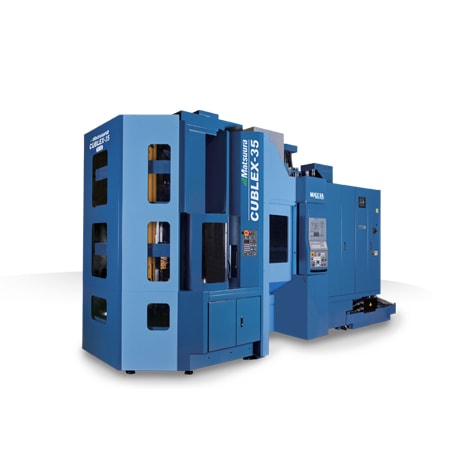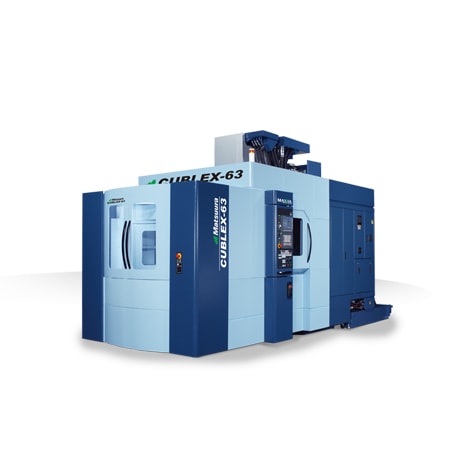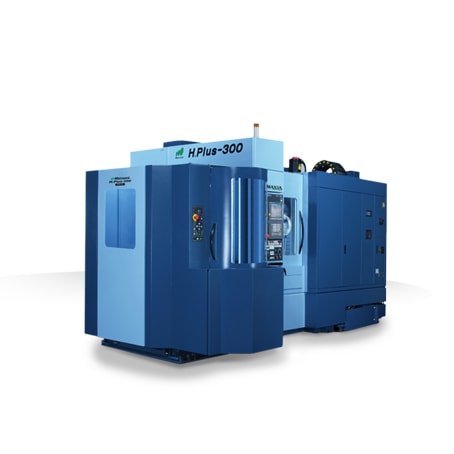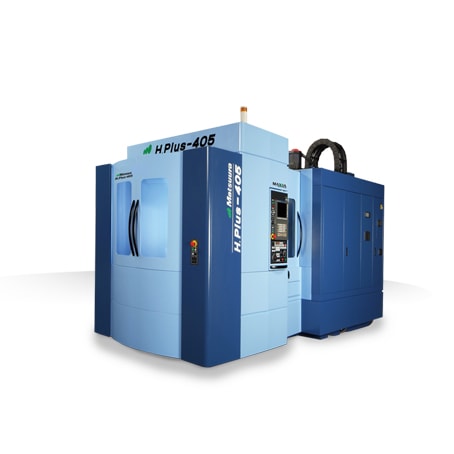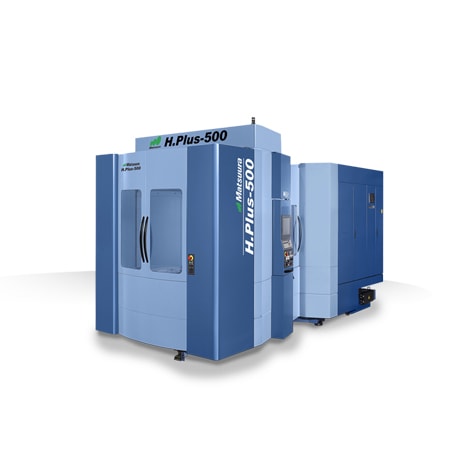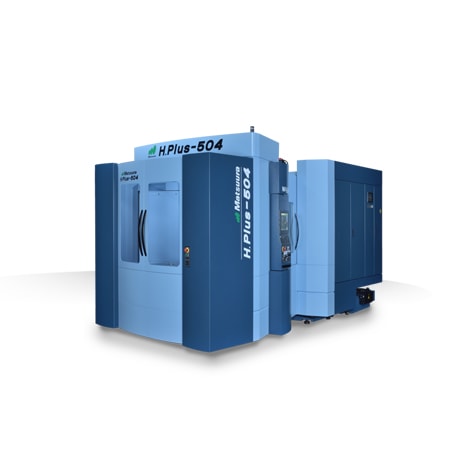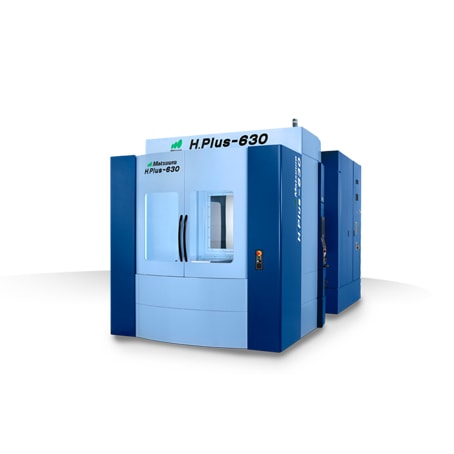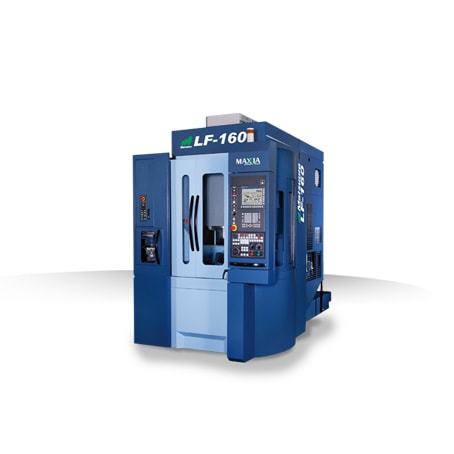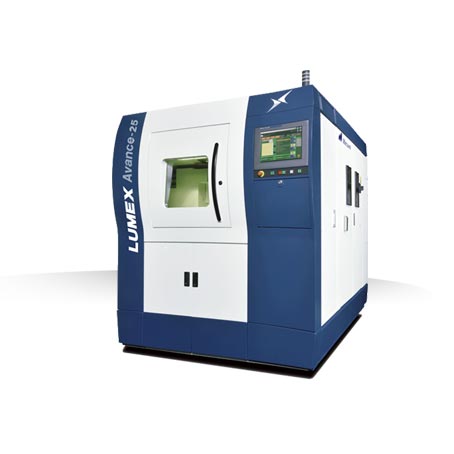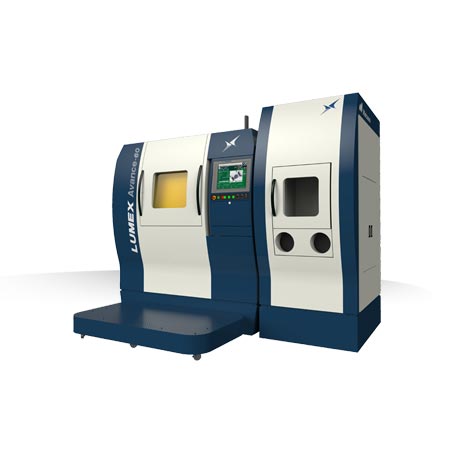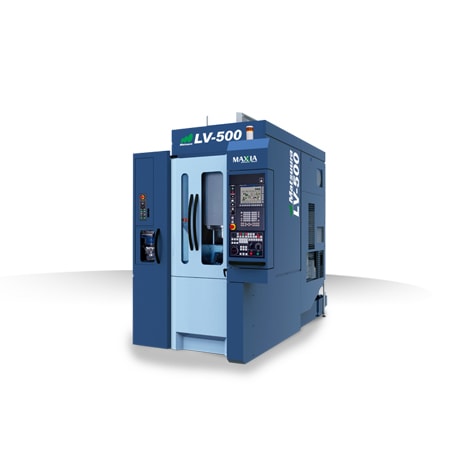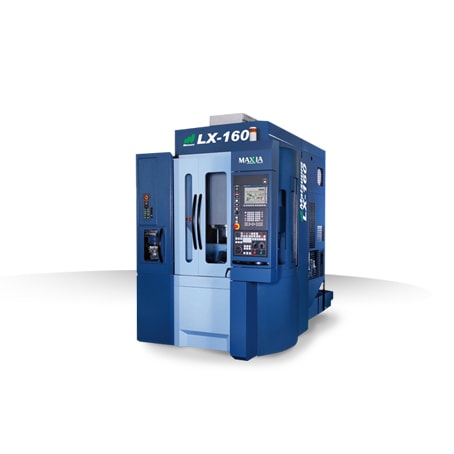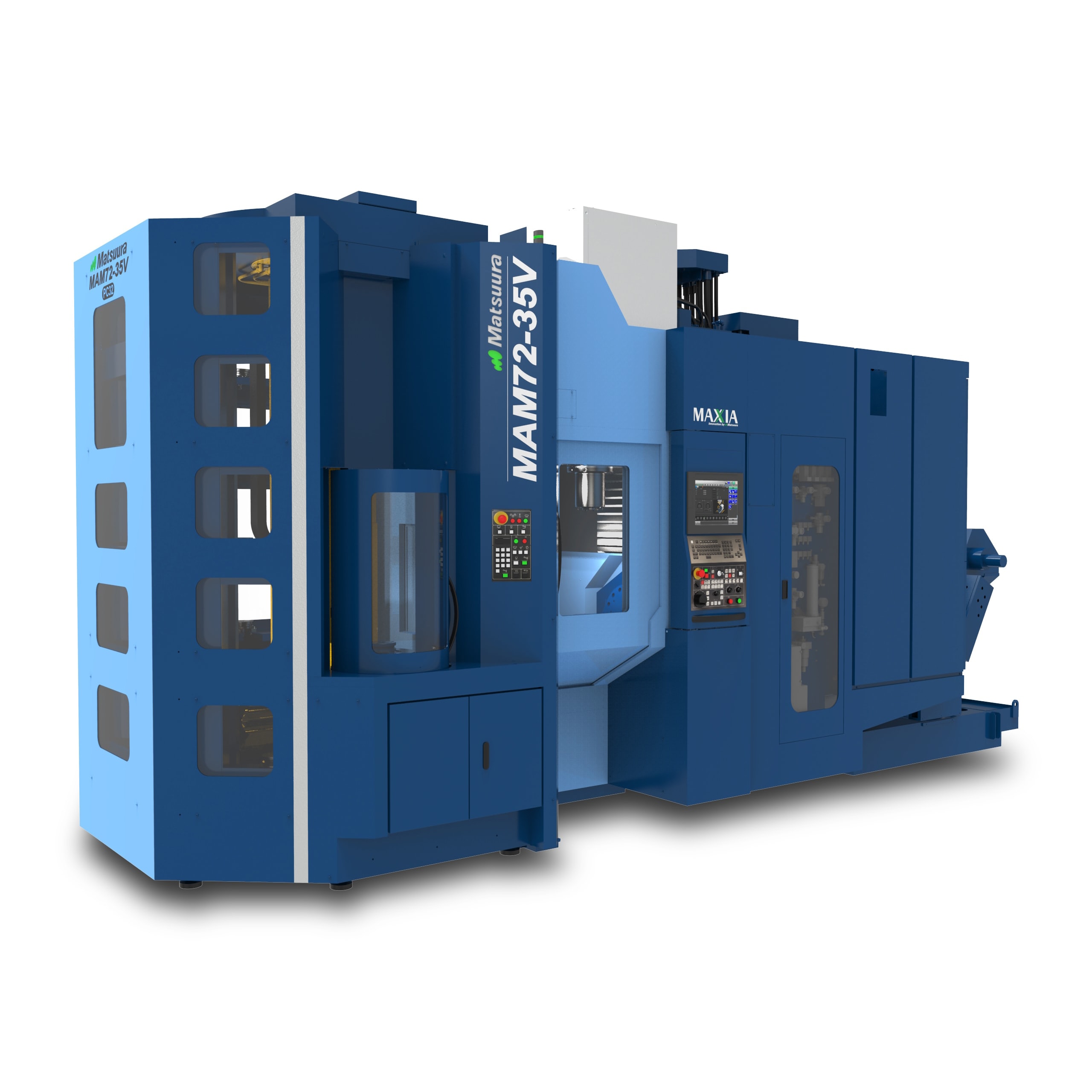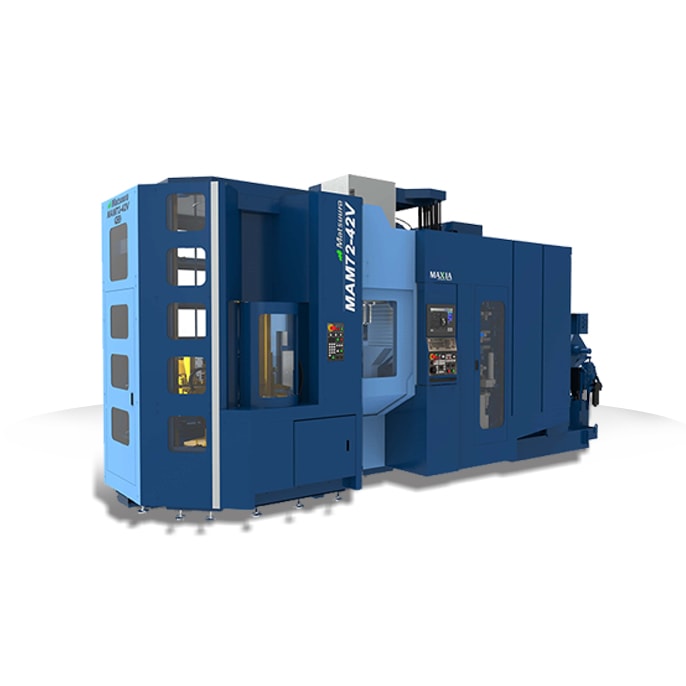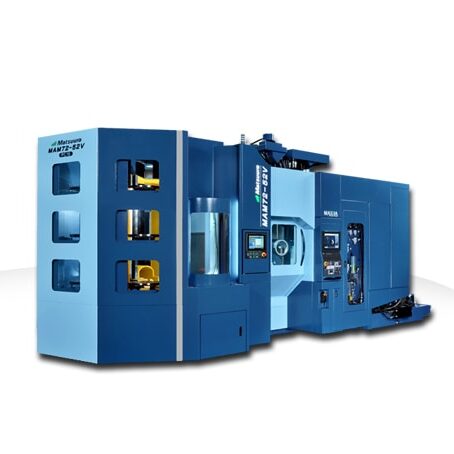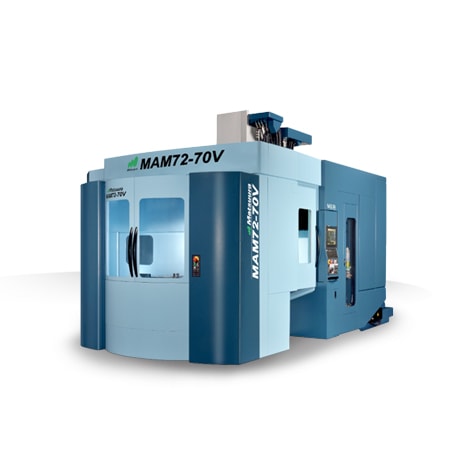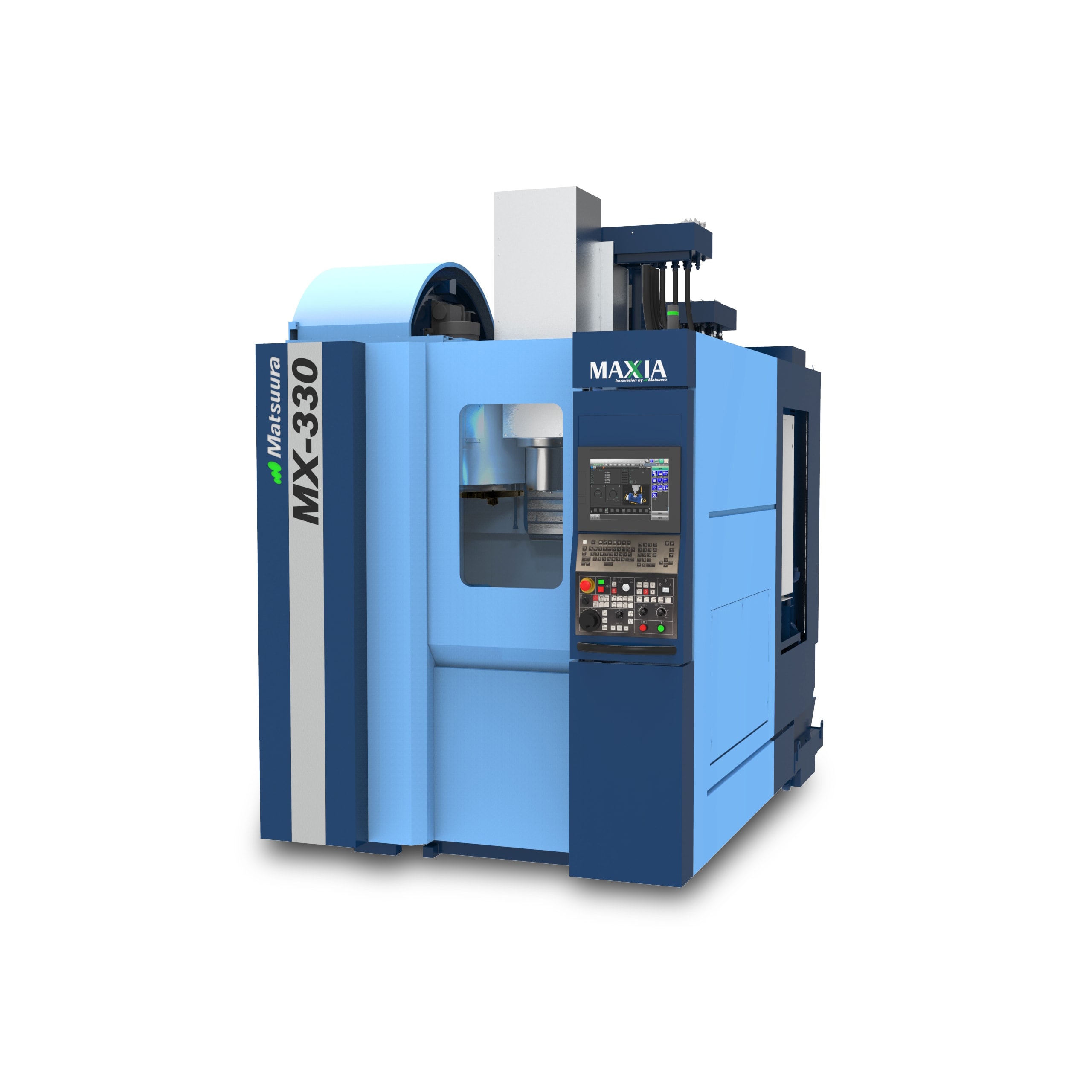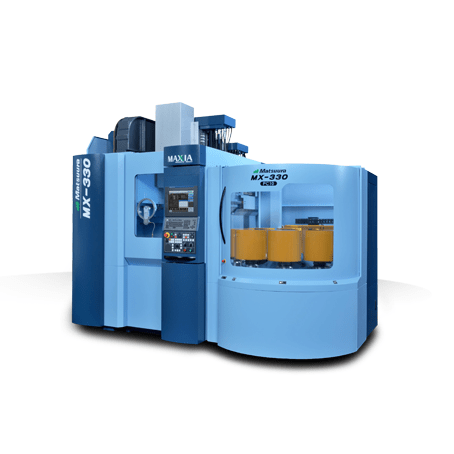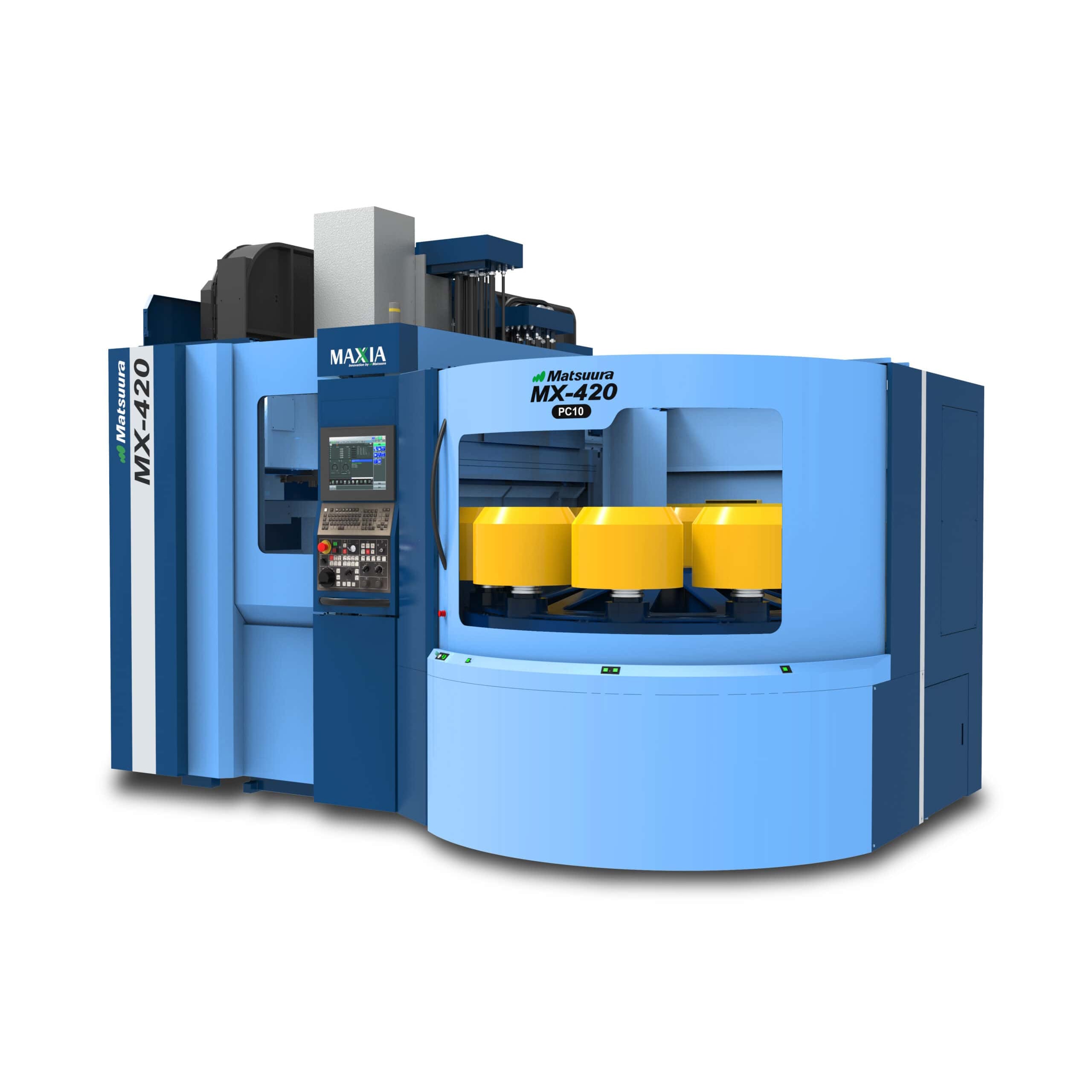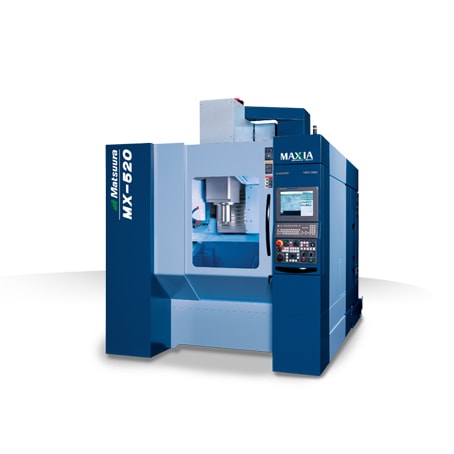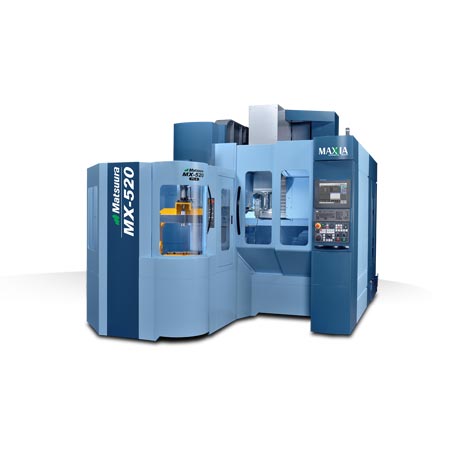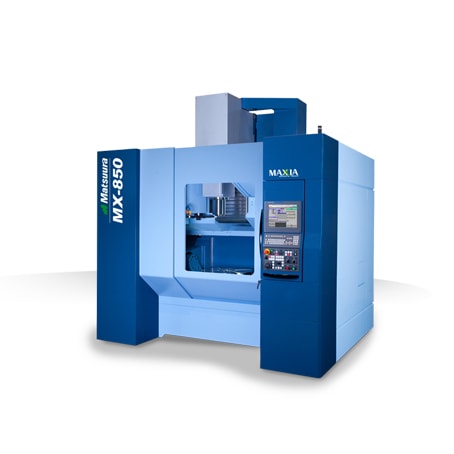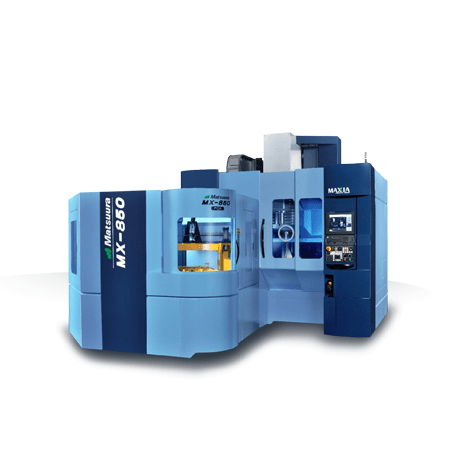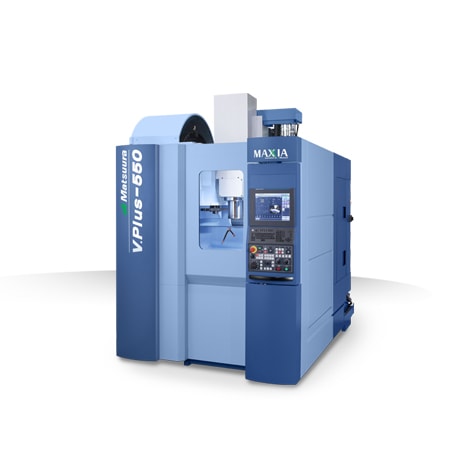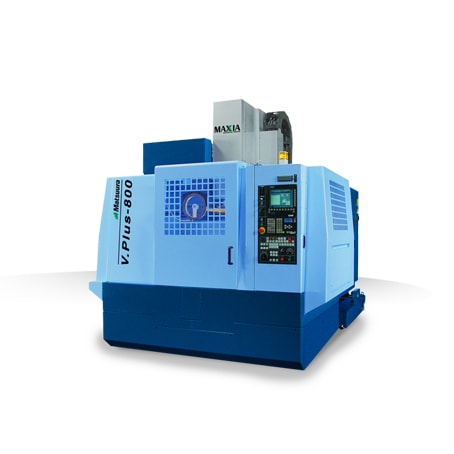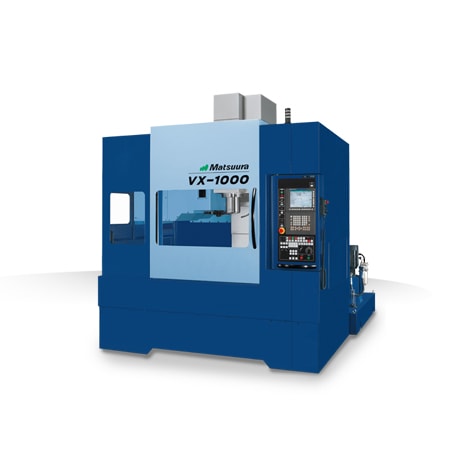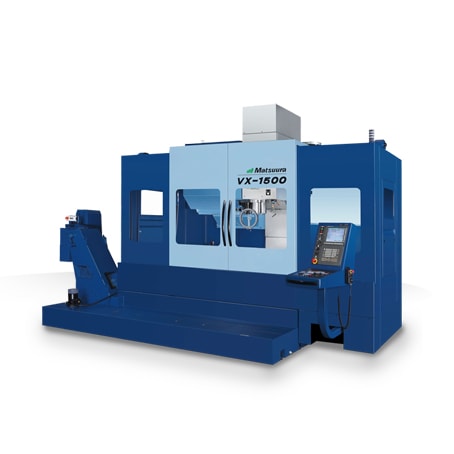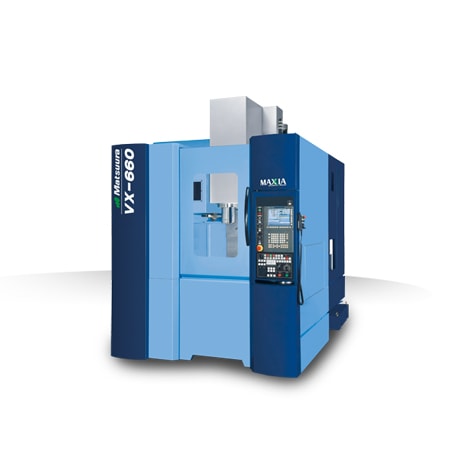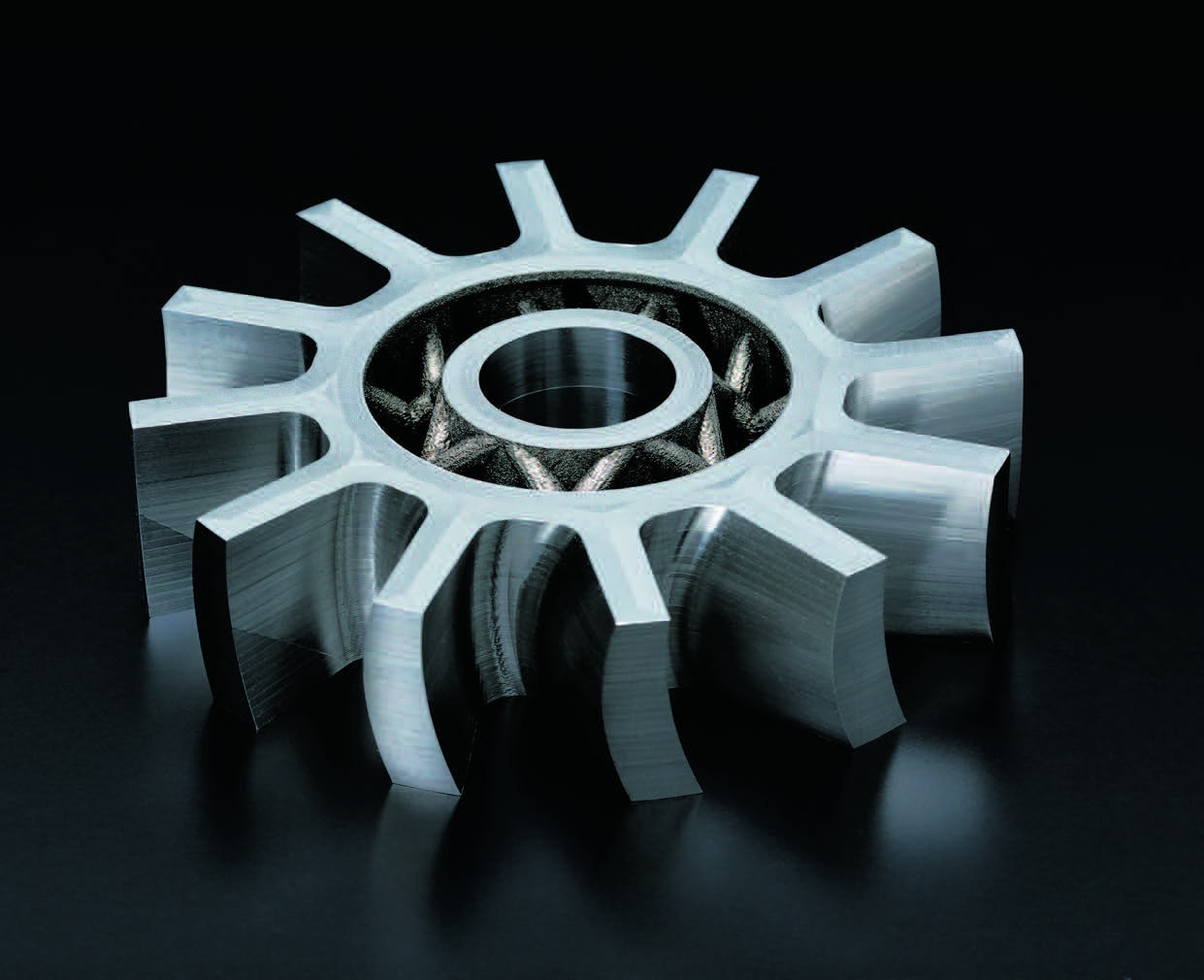 St. Paul, MN (November 20, 2020) — Metal Additive Manufacturing, also known as metal 3D printing, offers unrivalled design freedom with the ability to manufacture parts from a wide range of materials.
St. Paul, MN (November 20, 2020) — Metal Additive Manufacturing, also known as metal 3D printing, offers unrivalled design freedom with the ability to manufacture parts from a wide range of materials.
Components that would not have even been possible just a few years ago can now be made to high standards using a wide range of metal powders. No longer solely a prototyping technology, Additive Manufacturing is now being used for the production of series components for the most demanding applications.
Additive Manufacturing, also referred to as 3D Printing, is a technology that produces three-dimensional parts layer by layer from a material, be it polymer or metal based. The method relies on a digital data file being transmitted to a machine that then builds the component.
According to 3DPrint.com, Matsuura customer Owen Greenings & Mumford Ltd. used a LUMEX Avance-25 to fabricate mold tool inserts featuring curved and spiral-shaped conformal cooling channels that introduce consistency to the injection molding process.
Other parts made using Matsuura’s technology include molds for a waterproof connector that typically required multiple components, a digital camera mold with an internal lattice structure, a mold for an electric drive featuring water channels for reducing cooling times, and the cavity and core molds for a fan that can be manufactured simultaneously within a single build.
Matsuura’s hybrid machines have been used to make a variety of general industrial parts, including a face mill that was redesigned with a lattice structure that reduced the weight of the part by 23 percent. The weight of a blisk was cut by 44 percent by fabricating it with lattices and a hollow structure. A cooling fin was also produced featuring surface shapes that could only be made using a hybrid 3D printer, with no additional cutting work required.
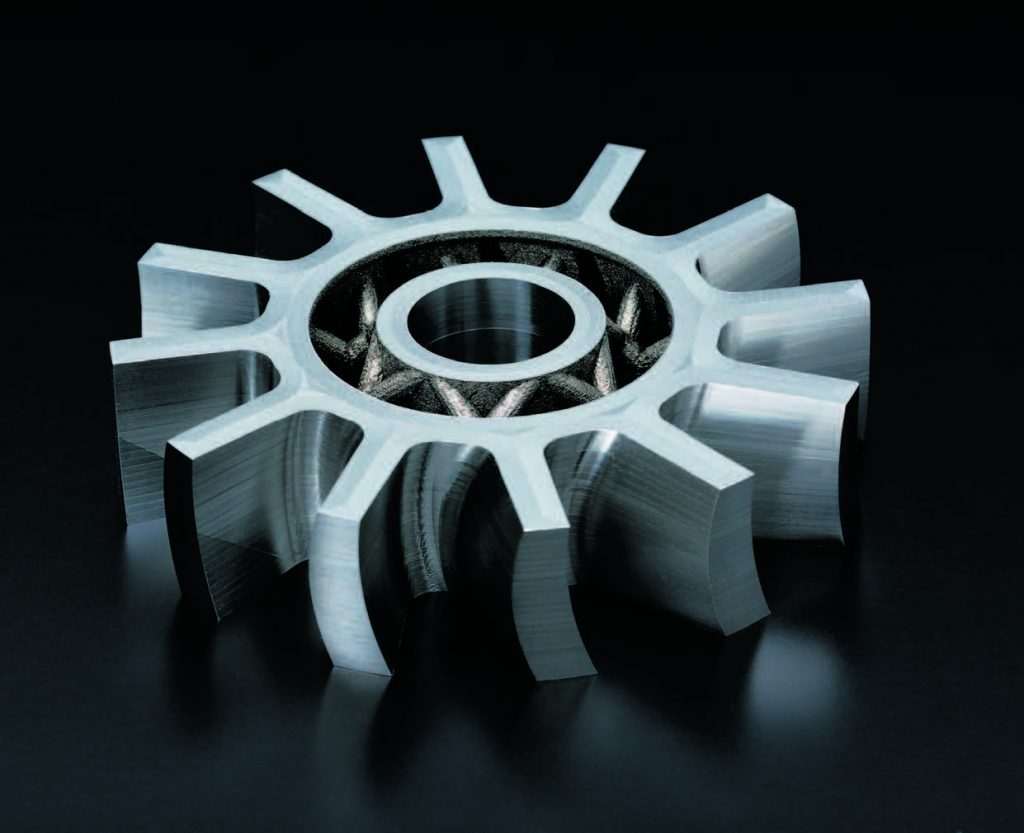
GE uses the Matsuura LUMEX Avance-25 system to fabricate control valve parts for the company’s Kariwa oil and gas plant in Japan, according to 3DPrint.com. The part includes curved shapes, meshes and hollow structures that could only be produced with this hybrid technology.
According to SME, hybrid manufacturing presents six percent of medical 3D printing applications. Hybrid manufacturing is deployed for two percent of medical prototyping, three percent for making anatomical models, three percent of surgical guides fabrication, and five percent for orthotics and prosthetics
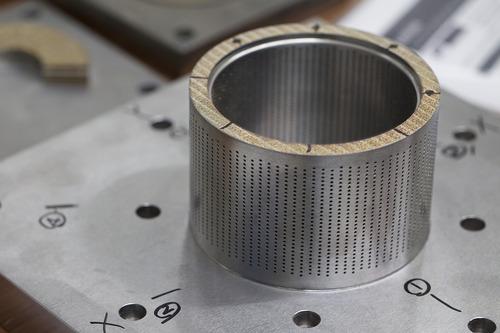
In these instances, the incorporation of cooling channels or the incorporation of 3D printable lattice geometries are meant to speed up the cooling time of injection molds, while also improving consistency. As we’ve seen with traditionally 3D printed molds, the use of simulation software can allow for the optimization of this tooling to reduce weight and cooling time, thus speeding up the entire manufacturing process.
Matsuura has multiple customer case studies, all showing 25% to 45% reductions in cycle time reductions, the Matsuura LUMEX Technology is transformative in the industry.
Matsuura’s LUMEX Technology relies on one-machine, one-process manufacturing of complex molds and parts by fusing metal laser sintering technology with high speed milling technology. The Hybrid technology creates a “finished” part with machined surface finish and accuracy, without inducing the additional variation caused by multiple machine set-ups and part handling.
The Matsuura LUMEX produces highly accurate parts from metal powders that are melted and sintered using a laser while surfaces are precisely milled at high speeds. This technology allows the ability to “grow” a metal component in layers with complex internal features and fine mill those internal features, as the layers are added, to give a perfect surface finish are what makes the LUMEX Series such a distinctive, unique and remarkable production platform and machine tool.
Matsuura’s hybrid technology is a proven solution for moldmakers. In most cases, the proper implementation of the hybrid technology in a mold component will eliminate the need for EDM. This in and of itself is a large time saver in the mold build process. Many components can be completely machined in the hybrid machine, there is an elimination of queue times to get other work completed on a component, typically reducing overall mold build time.
Visit HERE to learn more.
Matsuura Machinery USA, Inc., located in St. Paul, MN is the U.S. subsidiary of Matsuura Machinery Corporation in Japan. Since 1935, Matsuura has been the forerunner in designing innovative technology and manufacturing solutions to a variety of industries around the globe. Matsuura Machinery USA, Inc. delivers unmatched excellence in 5-axis, vertical, horizontal, linear motor, multi-tasking CNC machine tools and machines with a powder bed metal AM platform with machining capability. Matsuura Machinery USA, Inc. provides the service, applications and technical field support that have always been the Matsuura standard for business. For more information on Matsuura LUMEX products, contact: [email protected] or visit: www.matsuurausa.com.
